Photographing Street Food Like a Local Pro
13 min read Discover expert techniques to capture authentic street food moments like a local pro and elevate your culinary photography skills. July 17, 2025 15:05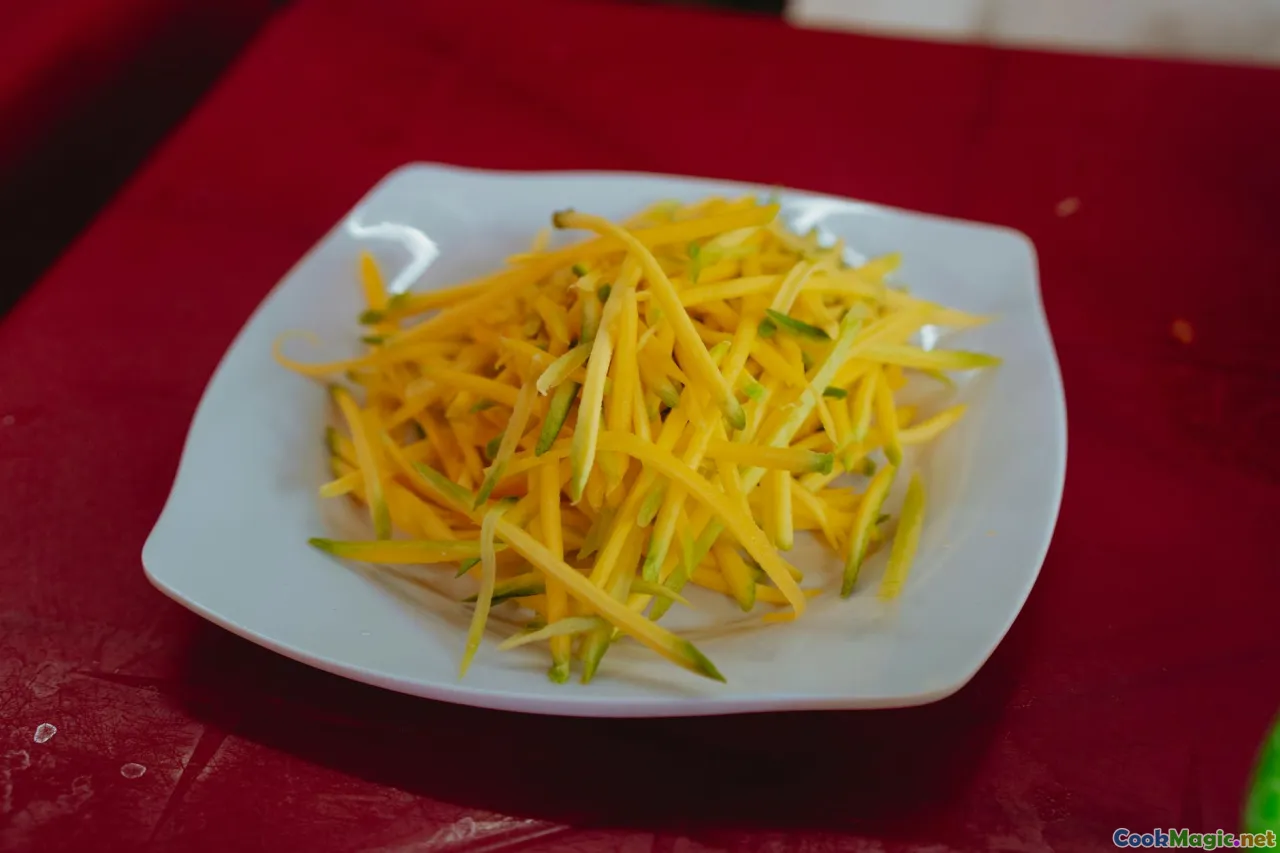
Photographing Street Food Like a Local Pro
There's an undeniable magic in street food—the colors, aromas, textures, and stories that weave through bustling alleys and open markets across the globe. To truly capture this allure through your lens demands more than just a good camera; it requires an eye sharpened not only by technical skill but also by an understanding of the cultural and sensory tapestry these dishes embody. Whether you’re savoring Banh Mi in Vietnam, the fiery skewers of Turkish kebabs, or the vibrant fruit stands of Mexico, learning how to photograph street food like a local pro transforms fleeting moments into evocative visual stories.
Let's embark on this flavorful journey—immersive, culturally rich, and filled with practical insights—to elevate your street food photography to a level that’s as authentic as the dishes themselves.
Understanding the Soul of Street Food for Better Composition
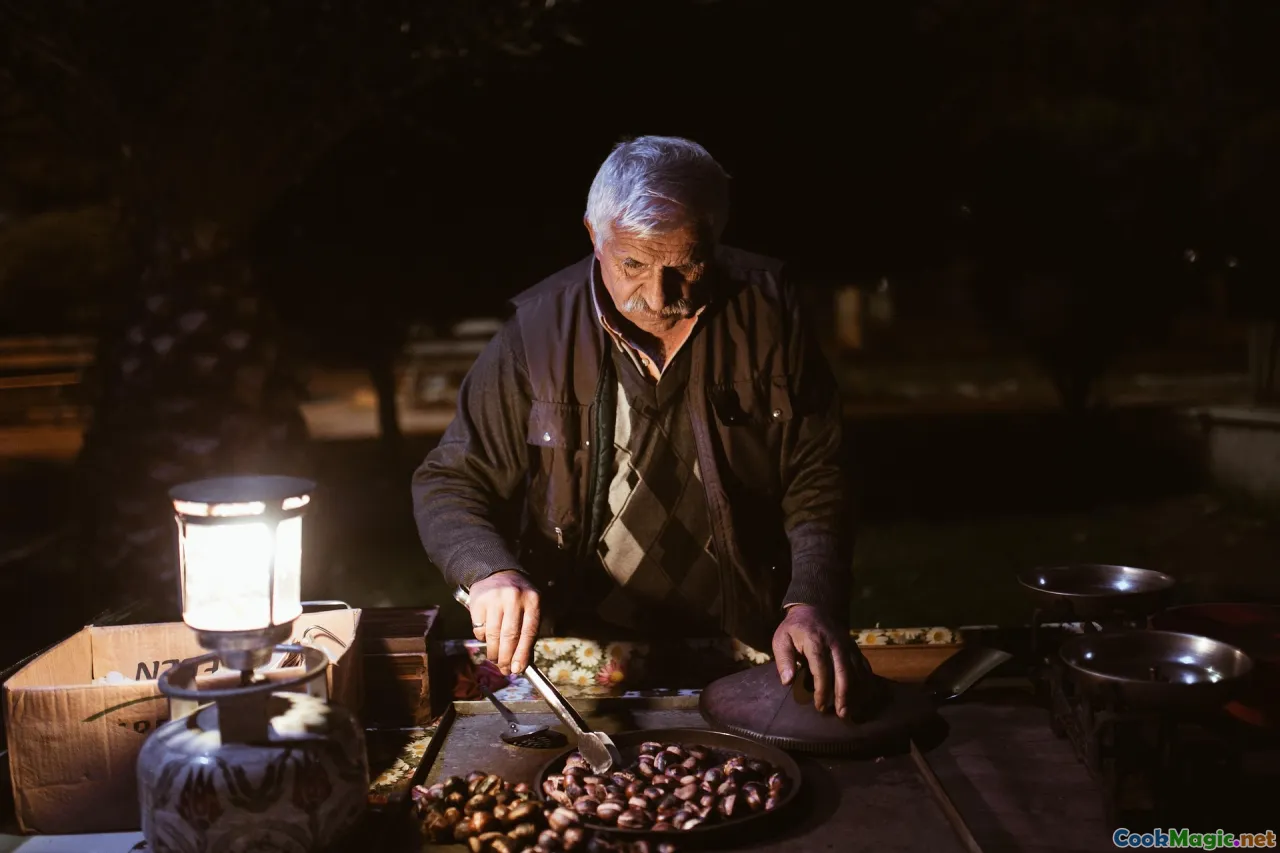
Street food isn’t just about the food—it’s a cultural expression, a communal act that unites generations and echoes local history. Before clicking away, spend a moment absorbing the scene: the lively interactions, the vivid colors, the textures that promise burst-in-your-mouth flavors.
Visualize your subject beyond the plate. Is it a steaming bowl of pho, with floating herbs shimmering in fragrant broth? Is it a cart piled high with golden samosas, their cracked surface revealing spicy fillings? Recognizing these nuances directs your composition. Use the rule of thirds to frame the dish, but don’t be afraid to break rules—sometimes, an off-center shot capturing the chaos and charm around the food tells a richer story.
In places like the chaotic night markets of Taipei or the lively sit-down streets of Bangkok, the background often adds context—a blur of neon signs or aromatic spice stalls—that emphasizes the scene’s vibrancy. Think of your shot as a vignette of culture, where the food acts as the focal point amid the local rhythm.
Mastering the Light: Natural Sources and Time of Day

Lighting can make or break street food photography. Glide with the sun’s rhythm, and you'll discover how different times of day transform your images.
Early morning offers soft, diffuse light ideal for capturing the subtle textures of puffed-up bao buns or the dewy freshness of tropical fruits. Conversely, late afternoon and golden hour bathe scenes in warm, inviting hues—perfect for highlighting grilled kebabs glazed with smoky spices or coconut-based desserts shimmering in the fading sunlight.
In bustling markets, natural shaded areas serve as a diffuser, reducing harsh shadows and allowing the ingredients’ true colors to pop. When shooting midday—when sunlight is harsh—consider using a small reflector or even a piece of white cloth to bounce light into shadowed areas.
Tip: Always be mindful of the direction and quality of light. A quick glance at how the shadows fall can tell you a lot about whether your shot will capture the food’s essence or wash out colors. When possible, visit a site a little earlier or later than peak hours to find the best light while avoiding crowds.
Capturing Textures and Details—A Close-Up Affair

One of the most compelling aspects of street food is its texture—crispy crusts, tender fillings, bubbling sauces, and glistening garnishes. A skilled photog zooms in, revealing the tiny bubbles on a freshly made crêpe, the intricate layers of fried shallots on a bowl of laksa, or the glossy sheen of tamarind glaze.
Use a macro lens or the macro setting on your camera to intensely focus on these details. Play with depth of field—using a wider aperture to soften the background—so the textures of the dish command attention.
For example, when photographing Turkish baklava, get close enough to showcase the flaky layers soaked in honey, garnished with chopped pistachios. This intimacy invites viewers to almost taste the richness and crunch and feel the sticky sweetness.
Pro tip: Don’t forget to include some context—perhaps a pair of chopsticks resting nearby or a hand about to dig in—to add life and narrative to your detailed shot.
Telling a Visual Story: The Human Element
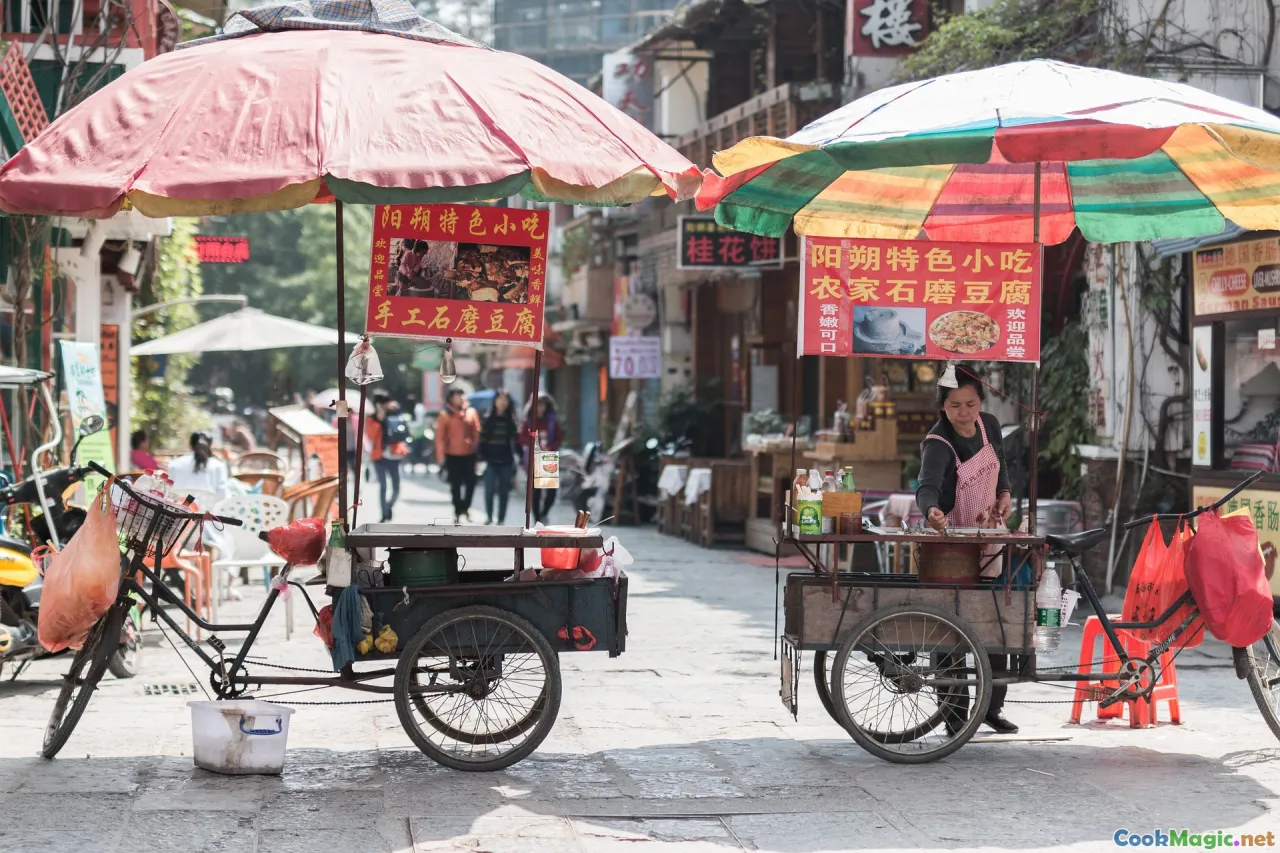
Street food is inherently social—vendors calling out their offerings, locals sharing meals, children delighting in treats. Incorporate human elements into your shots to add emotion and authenticity.
Capture candid moments: a vendor squeezing fresh juice behind a stall, a family gathered around steaming bowls, or a street artist’s face lit with the glow of their hour-old creation. These interactions provide a sense of culture, community, and tradition.
Timing is key. Be respectful and patient—sometimes, a genuine smile while handing over a wrapped bun or a child’s curious gaze at a colorful skewered kebab adds warmth and storytelling depth.
In cities like Mumbai or Mexico City, these interactions happen rapidly but are rich with expression. Use bursts or rapid-fire shots to catch those fleeting moments that speak of local life.
Perspective and Angles—Breaking the Monotony
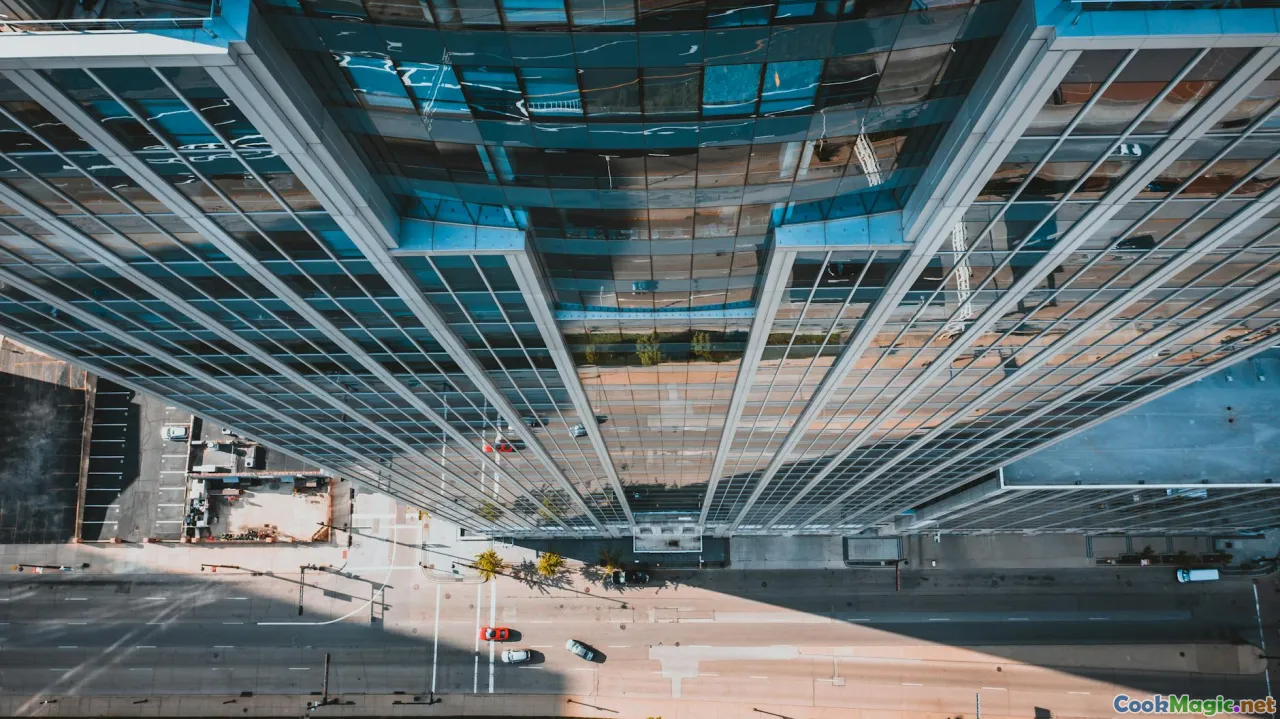
Most street food photos tend to focus on standard angle shots—top-down or eye level. While these are effective, experimenting with perspective can make your images stand out.
Try shooting from a low angle to emphasize height—imagine a steaming bowl of Pho with noodles rising like a mountain, steam swirling overhead. Or shoot from above, capturing a vibrant array of dishes laid out in a market stall, highlighting the visual diversity.
Incoporate elements of the environment—hands in motion, utensils, steam rising—to add dynamic energy. Use leading lines like a row of skewers or the pattern of street tiles guiding the viewer's eye toward the main subject.
In fabled alleyways in Hong Kong or bustling markets in Morocco, angles can reveal hidden stories—an intricate weave of everyday life intertwined with the food.
Ethnic and Cultural Context Matters
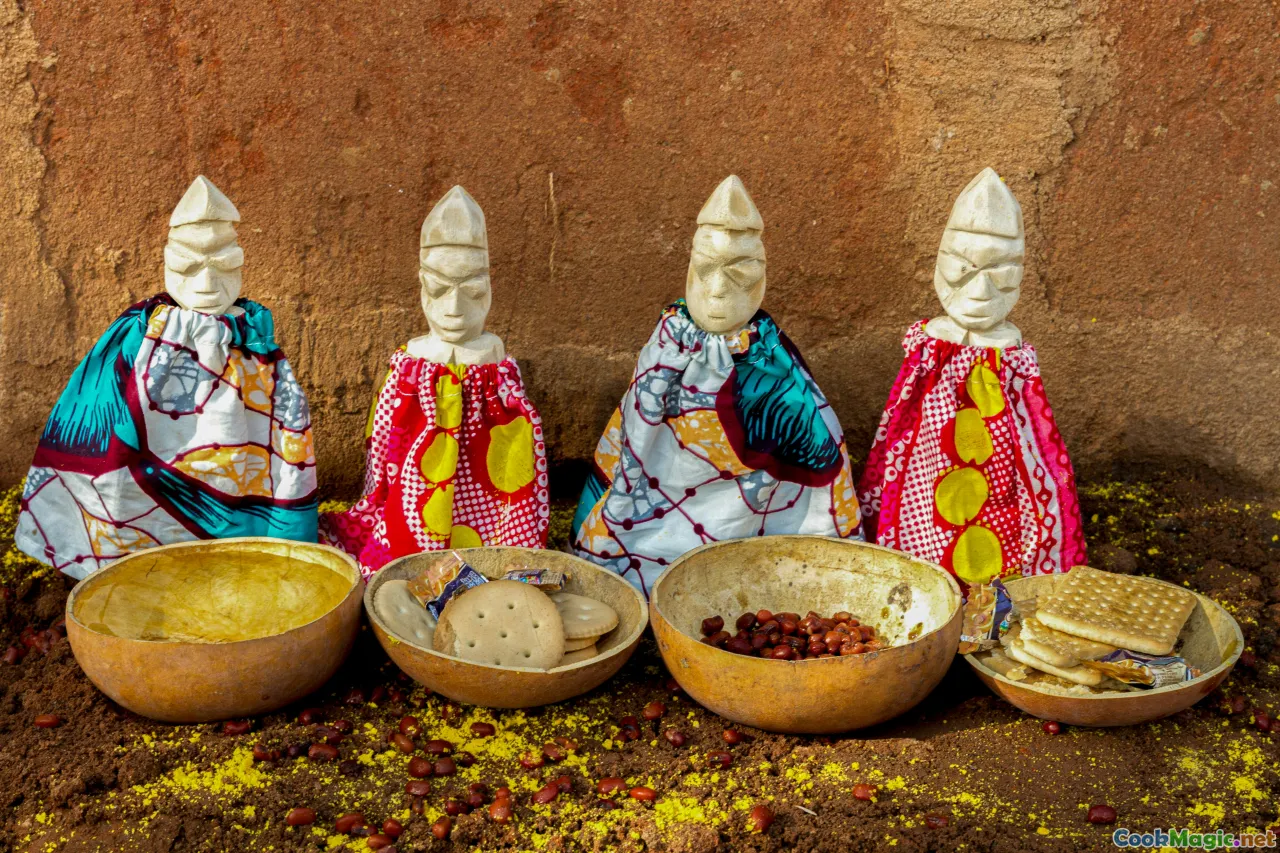
Understanding the background of a dish enriches your photographic storytelling. In Italy, a scoop of gelato from a family-run vendor, with age-worn signs in the background, speaks of tradition and heritage. In Vietnam, the vibrant, herb-laden bowls of Bun Cha tell stories of wartime resilience blended with international influences.
Research local customs, highlights, or festivals associated with the food. Wearing traditional attire or incorporating cultural symbols—like a bamboo steamer in Chinatown or a headscarf in Moroccan souks—adds layers of authenticity.
This cultural consciousness allows you to frame images that go beyond aesthetics—they evoke history, emotion, and a sense of place.
Post-Processing: Enhancing Without Overdoing
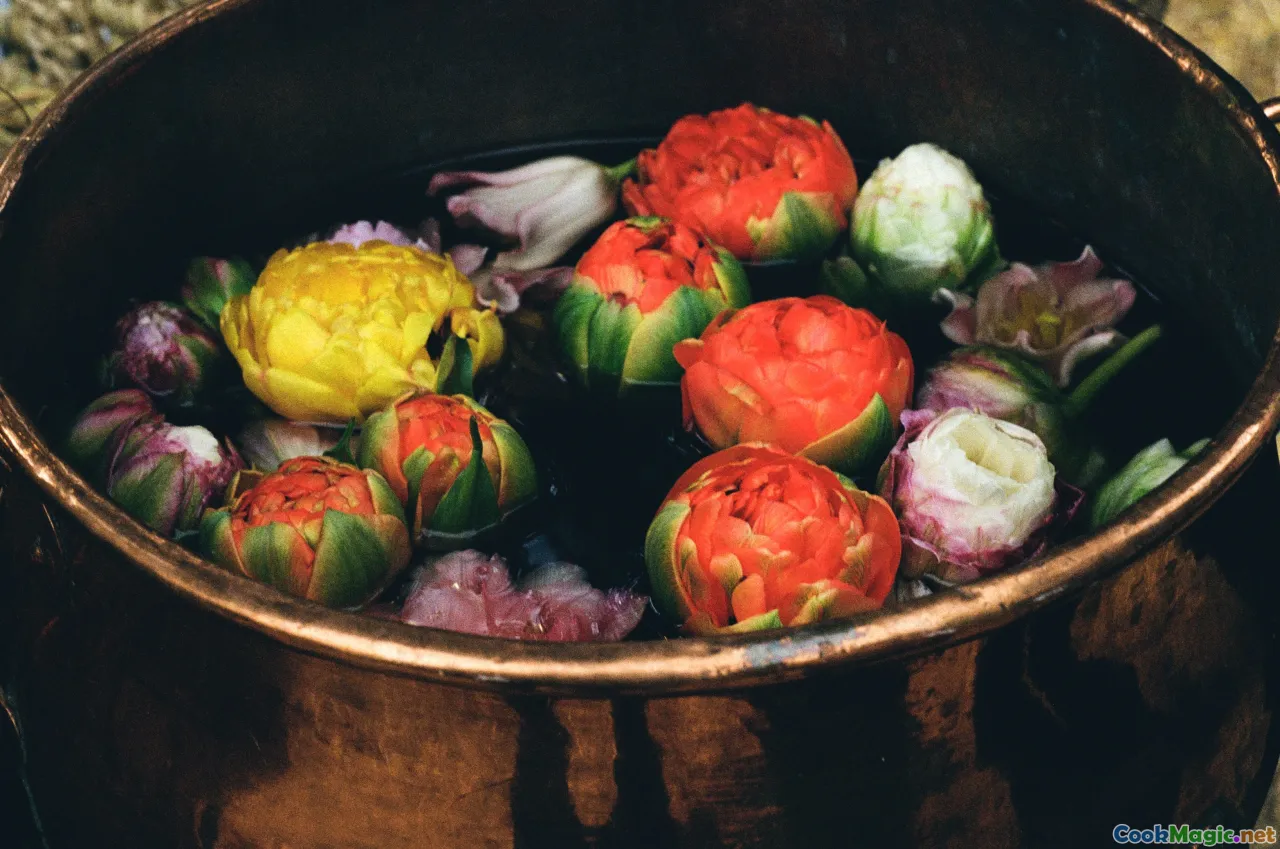
While authenticity is king in street food photography, subtle post-processing can enhance your images. Adjust brightness and contrast to bring out textures, but avoid over-saturation that could distort the dish’s natural appeal.
Use local contrast enhancements or clarity sliders to make spices and toppings pop, and keep skin tones and lighting true to life to preserve realism.
Remember, your goal isn’t to create artificial perfection but to evoke the same sensory response a good photograph of street food should inspire—hunger, nostalgia, and curiosity.
Practical Tips for Breaking Into Authentic Street Food Photography
- Scout Local Markets and Eatery Streets: Spend time before snapping. Walk the alleyways, observe scenes, and identify the most visually compelling dishes and moments.
- Build Relationships: Sometimes, engaging with vendors and asking permission can lead to better, more natural shots—and connections often mean better access or insight.
- Bring the Right Gear: A versatile lens kit—think a fast 35mm or 50mm prime for low light, plus a macro—and a lens cloth, batteries, and multiple SD cards are essentials.
- Be Respectful and Discreet: Capture moments quietly, without disturbing the scene. Use a shutter with minimal noise if possible.
- Patience and Practice: Great street food shots often come from waiting for the perfect moment—smiling vendor, lively interaction, or a specific lighting condition.
In Closing
Photographing street food like a local pro isn’t just about clicking a picture—it’s about immersing yourself in the culture, understanding the story behind each dish, and capturing its authentic soul. When done thoughtfully, your images transcend mere visuals; they become doorways into the heart of global culinary traditions.
Take your camera, but also bring curiosity, patience, and respect. The world’s street markets are vibrant tapestries waiting for your lens to tell their tale. So go ahead—dive into the chaos, savor the flavors, and let your photos serve as a homage to the world's diverse and delicious street food heritage.









